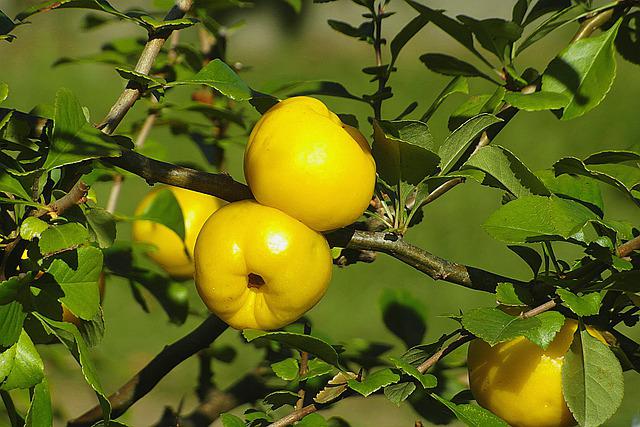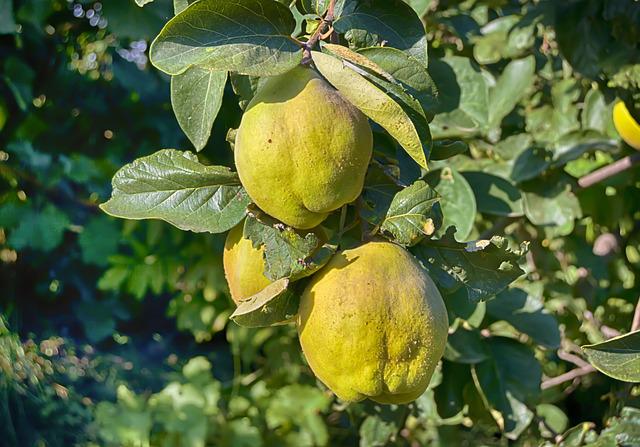When To Prune Quince? Learn Why It’s Important to Know the Best Time to Prune

Quinces should be pruned in late winter or early spring (before new leaf sprouts have developed) after the new growth from last year’s flowers has died before any blossoms are visible. Quinces are typically pruned once they reach 5-6 feet tall. The goal is to retain a strong central leader while removing any weak or dead branches that may be causing problems for the tree.
Once quinces have been trimmed back, water the plants well and apply a thick layer of mulch around the base of the tree. This will help keep weeds at bay and protect against weather damages.
Table of Contents
Why It’s Important to Know the Best Time to Prune?
Quince is a fruit that can be enjoyed in many different ways, but it’s important to know when to prune them so that they don’t become overgrown and pests haven’t a chance to damage the tree. You gave way for new growth and stripped the old wood.
To know the best time is to avoid cutting the new growth or blossoms that will affect the number of fruit yields.
Heavy labor should be avoided during summer, as high temperatures can cause stem breakage. Also, wait until after a storm before you trim, as too much water stress will result in leggy twigs and branches.
Why It’s Important to Prune?
Pruning encourages more vigorous growth and prevents trees from becoming top-heavy, leading to untidy twigs or other problems down the road. You may also want to trim branches if they grow too close or cross each other.
Pruning quinces will reduce the number of twigs and branches that reach up above the tree canopy. Additionally, it helps shape the tree to produce more symmetrical-looking fruit.
Also, remember that excess foliage can affect photosynthesis, so trimming away unnecessary leaves will help maximize yields, allow sunlight penetration, and ensure good health for your trees overall. It also improves air circulation and reduces insect populations.

Tips for Pruning Your Quince Tree
Once you’ve already know when to prune your quinces, follow these tips:
- When pruning fruit trees or other plants, it is important to assess the plant’s health by looking at its size, shape, leaves/foliage, coloration (including buds/tender new growth), and position concerning other plants. Once you have determined that a prune is necessary, make sure to use proper judgment when cutting away branches so as not to damage roots or stunt overall plant development. Make pencil sketches of all major branches and trunks. This will help you to better plan where to cut down unwanted limbs.
- Minor cuts regularly will result in healthier vegetation than bigger ones that are only done periodically.
- Use a sharp knife when cutting the tree down, and be careful not to injure any of its branches or trunk veins. Make sure that all leaves on the tree are removed. Depending on the variety of quince, some may leave behind small green leaves below their actual bloomed foliage. Cut off infected parts of the branch using a sharp knife.
- Remove all branches above 20 feet off the ground using a ladder or chainsaw if necessary. Otherwise, cut them two at a time with an appropriate saw blade while supporting them only with one hand. Pruning higher than this height can damage developing fruit buds below, resulting in less desirable aesthetic appeal upon harvesting later.
- When finished, clean up remaining fallen wood chips, etc.
- Finally, water your quince tree regularly – especially during dry periods- so it doesn’t lose leaves or become dehydrated.
